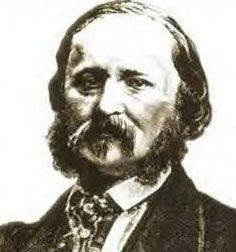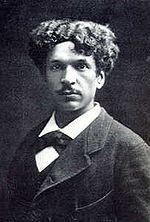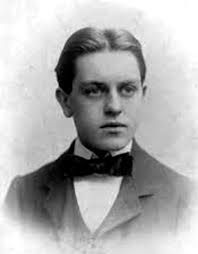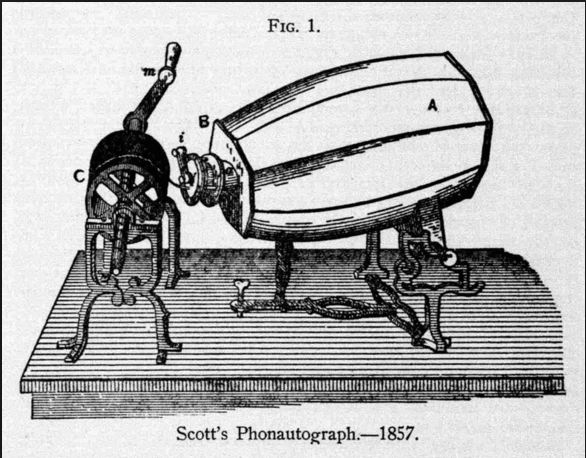The Era of Acoustic Recording
- Leon

- Apr 25, 2018
- 3 min read
Updated: Sep 12, 2020
Acoustic Recording, the very first type of recording. It’s discovery and advancement is a marvel often overlooked. How easy it is to take for granted how easily we can replicate and reproduce sound. I do it often. Every bit of it started with acoustic recording, taking the energy sound creates and transducing it into another form. Understanding the ear and its workings may be helpful to understanding acoustic technology (maybe a future blog post we can talk about the ear).

There once was a man who knew quite a bit about how the ear worked, Édouard-Léon Scott de Martinville (left), and made the first device ever to transcribe sound waves. With the mechanics of the ear in mind, he invented the phonautograph (below). The phonoautograph created scribbles on paper in a similar fashion that our ear creates sound for our brain. It would catch the vibrations from speech in the conical section of the phonautograph, and a vibrating bristle would transcribe that movement on paper attached to the rotating cylinder.
The phonograph is meant primarily to document speech, and Édouard never created a method for playback- well no one had. This man is far more than an honorable mention; however, he was the first known man in history to record voice, and likely as well the first voice ever recorded. Although playback hadn’t been invented- with technology today, we can playback his scribbles. Below you can hear Édouard sing “Au Clair de la Lune”! (both a visual and auditory representation).

Why? Because it’s a pretty damn cool feat, and because it’s a great place to make accurate comparisons on how very far the realm of recording has come.
Honorable mention Charles Cros (right) was the first ever to conceptualize
playback by merely reversing the transcription process of the

phonautograph. Sadly, he was beaten by Thomas Edison when his invention the phonograph was announced. This is probably because Edison was simply working from a different angle with a different invention in mind.
The Phonograph (below) was first invented by Edison but it has been adapted in different ways many times since. Edison’s device works in the same way by catching the energy of sound and transcribing to foil instead of paper. The sound waves could be pressed into the foil and then played back on the same device. Using foil instead of paper was the difference that sunk Mr. Cros, being able to record and playback made crosses invention more of a hassle and thus- obsolete.

From here phonographs become far more common and reproduced. Different mediums were used and discovered, each generally better than the previous. But the phonograph remains the popular choice during the acoustic era. Even today you can find gramophones and record players being used as retro music players. Make sure to check out the links below to explore more of the rich history that led to these devices and discoveries of recording mediums.
As an artist the acoustic era is fascinating to me, learning about these real Magellan’s of the audio world. Pioneers of reproducing sound. Despite the recording limitations of the gear they had (or didn’t have). During the acoustic era, early engineers would be working with frequency ranges of about 250-2,500Hz. Other aspiring engineers, like me, might call that a whole lotta notta frequency range.
Luckily for us, some were unafraid to venture into cloudy waters- like Fred Gaisberg, and brought us music to experience from times we are unable to relive. Fred Gaisburg (left),

regarded as the first Audio Engineer, is the perfect example of working with what you got. “Mic placement," or should we say phonograph placement, was everything! (Still is today) Check it out:
Sometimes looking at where we have come from in our medium of art can be inspirational. Even within our home studio’s, I feel a man like Fred Gaisberg would have felt like he had limitless options with a DAW and a few budget microphones (which by the way have easily 8x the range of reasonably flat frequency response).
Let’s not make excuses and make music instead! Stay tuned for an overview of the Electric Recoding era!














Comments